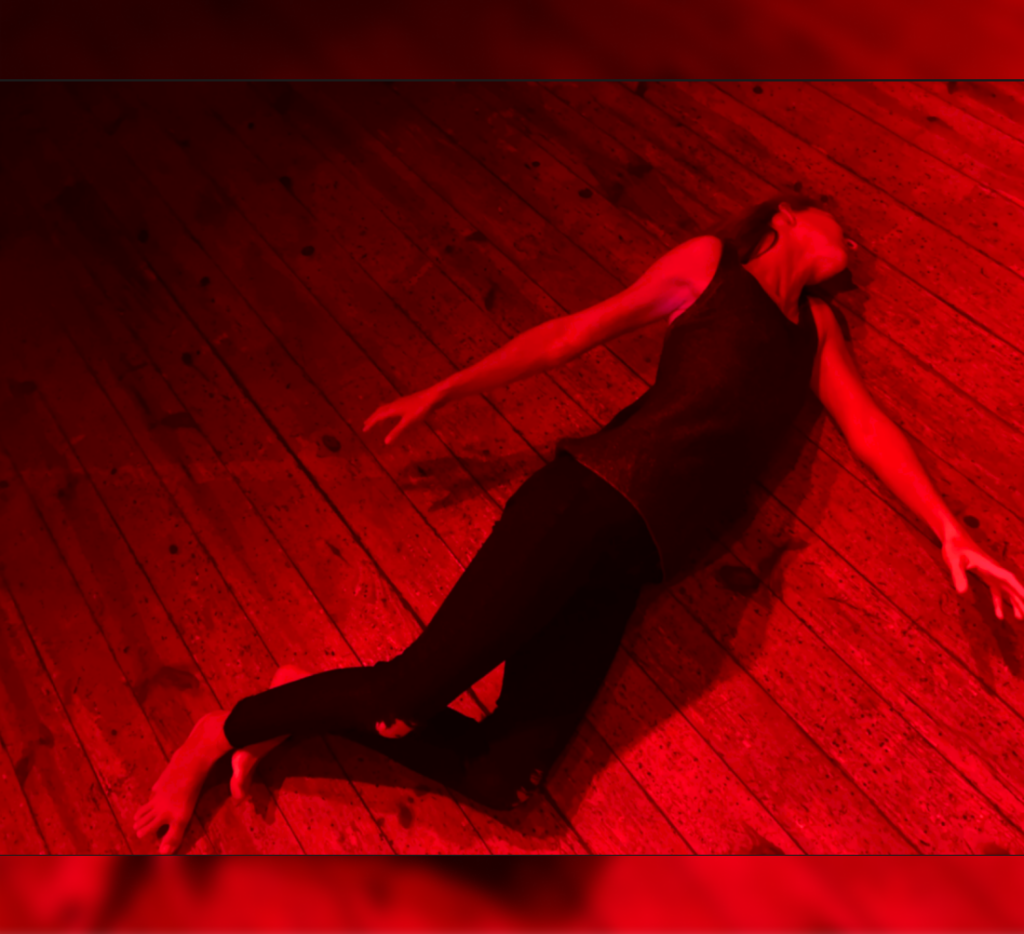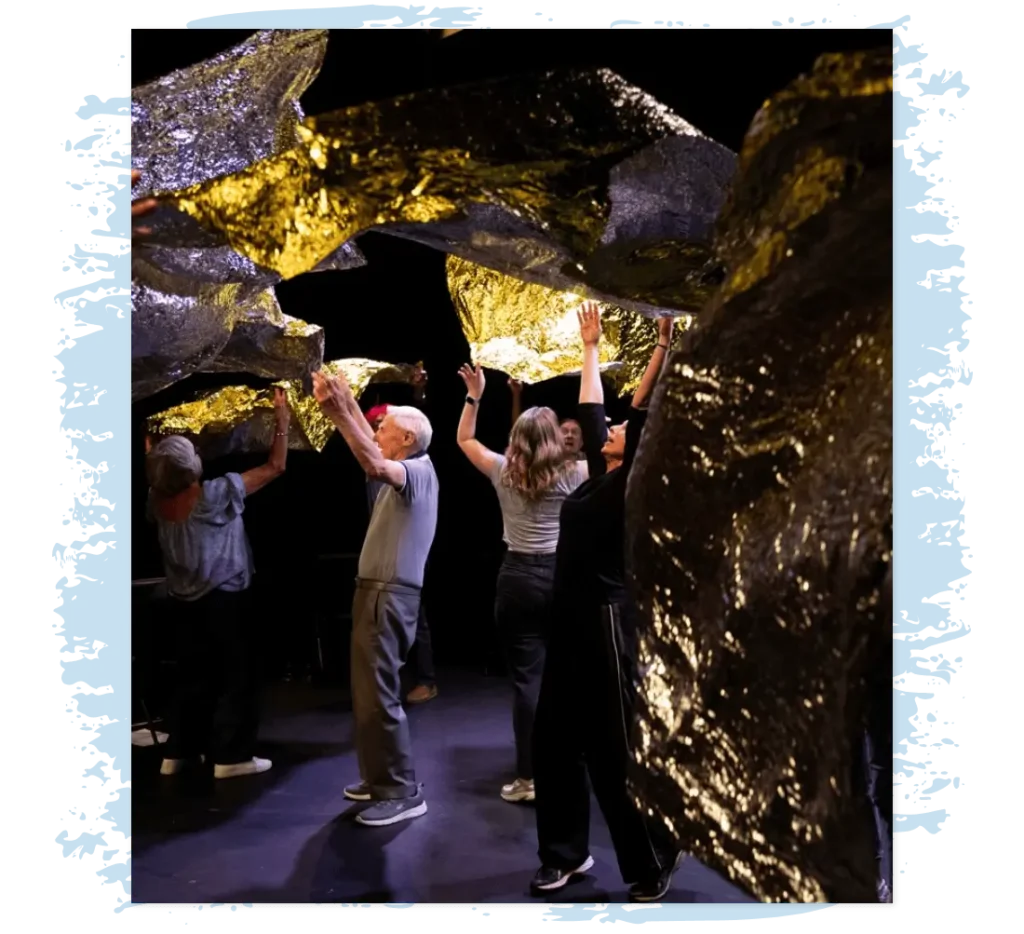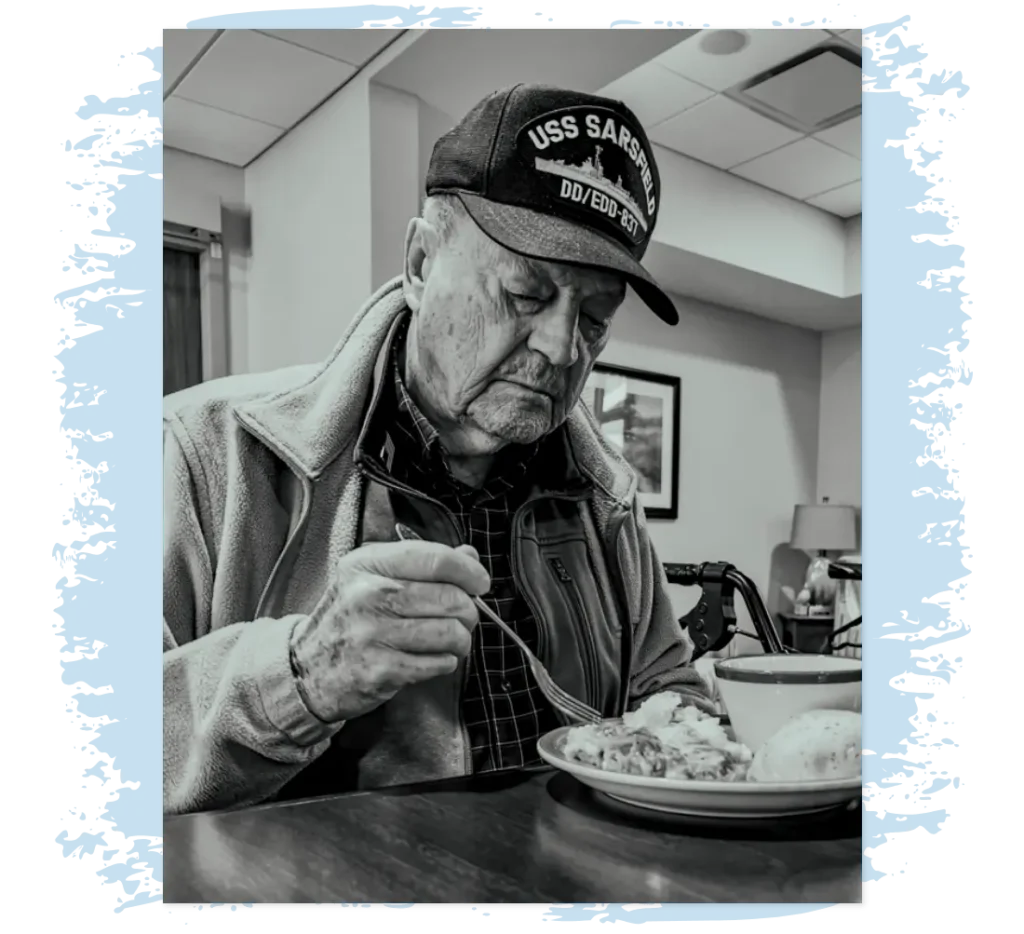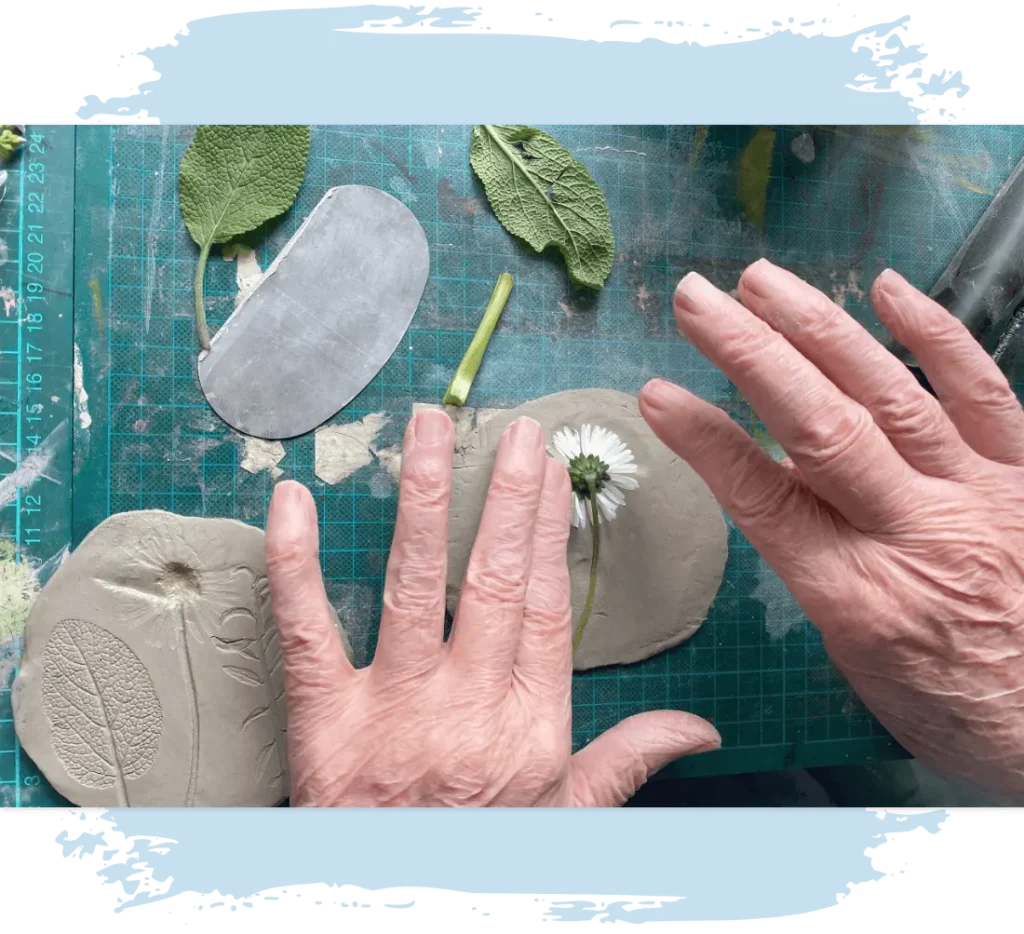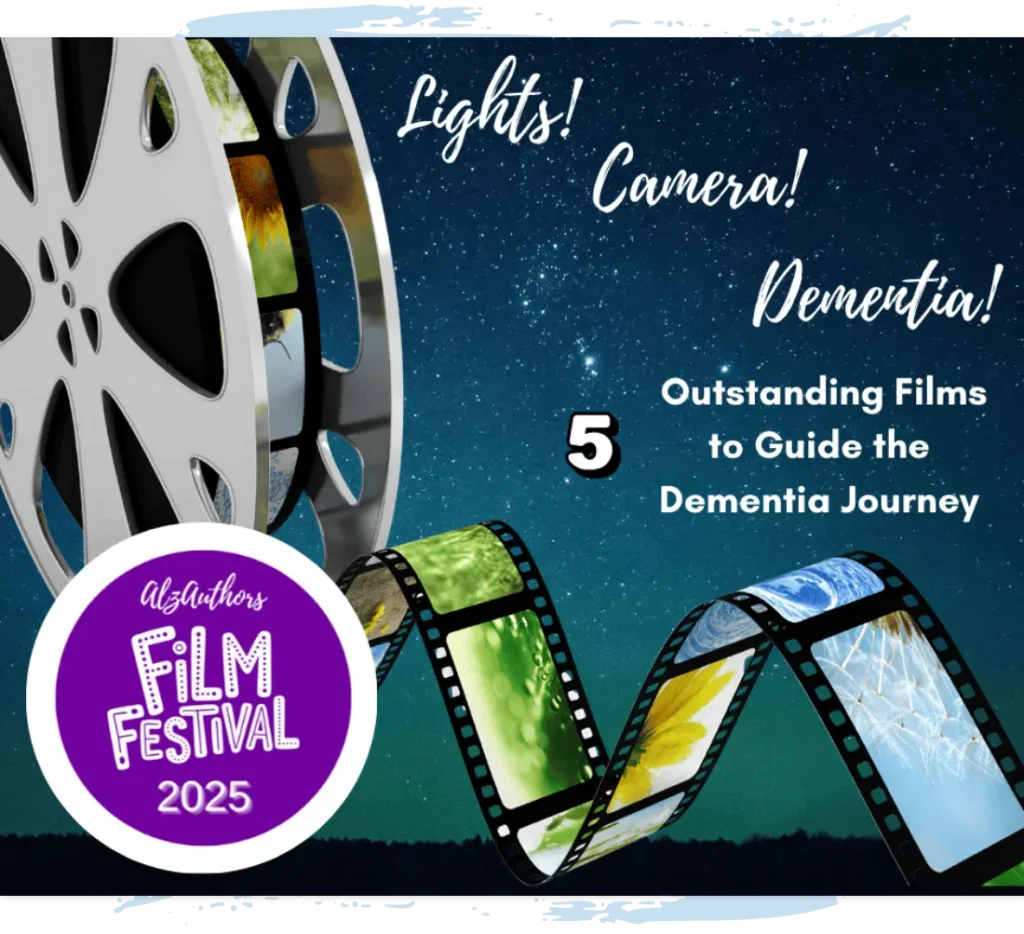Tell us about Survival in Ruins and the process you undertook to produce it.
Survival in Ruins is a memoir that contemplates grief, parenthood, and slowness. It is a dance performance that unearths the memories of my father’s battle with dementia as they intertwined with those of my second pregnancy.
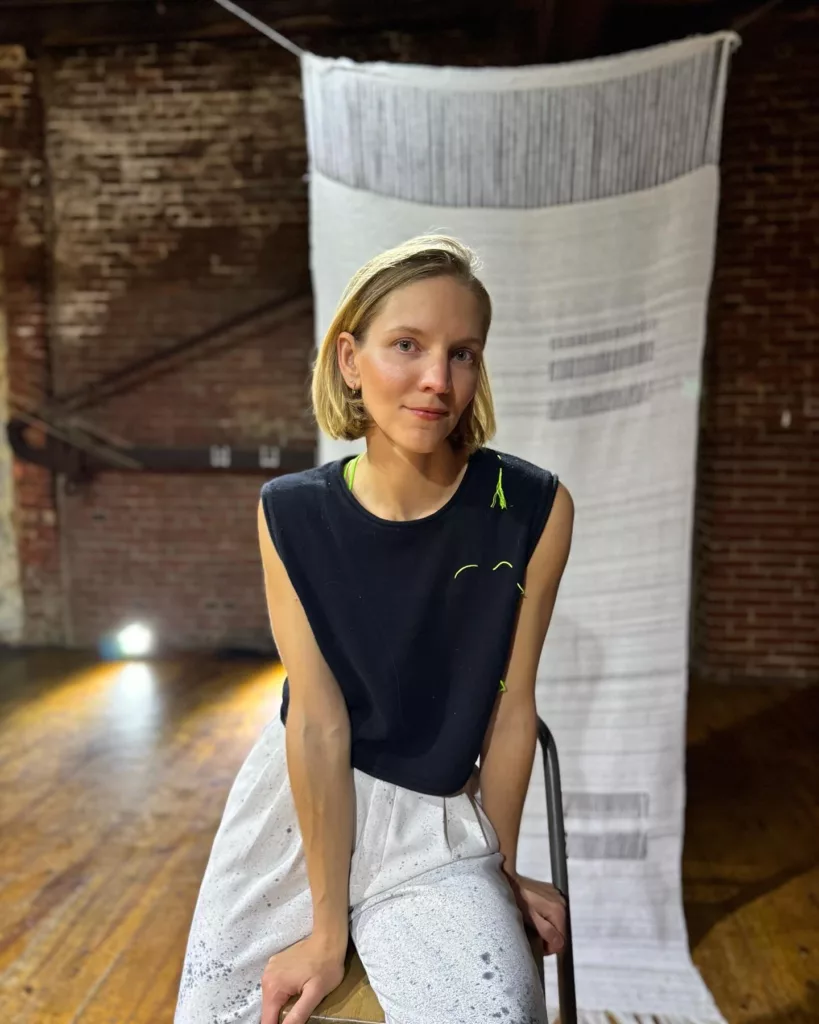
The performance delves into the uncanny parallels between birth and loss, inviting the audience to navigate the complexities of grief while embracing the power of playfulness and care work. Stored memories in the body and cellular movement arise through a slow physical practice as the dance moves between tension and softness.
The stages of my second pregnancy and my father’s illness unfold through spoken text as the body spirals and trembles, oscillating from personal recollections to whimsical nonsensical utterances, evoking the playful exchanges between my children and my father. My goal is to convey a hopeful lens for people who have been touched by dementia. This piece is painful to perform—yet there’s a moment of complete surrender by the end. A collective moment of letting go and deep understanding of what it is to be alive.
What initially inspired you to grapple with dementia?
It felt like a calling, this thing I had to do in order to process my father’s illness, in order to process the long history of this disease in my family. Dancing has always been my life and the uncanny thing is, during my father’s decline he has been dancing nonstop. It is as if dance is his new form of communication. That was a huge turning point for me and has deeply influenced my artistic journey. Independent of music or expectations, his dancing radiates such a lighthearted spirit.
I also think dementia is so difficult to witness and by choosing to grapple with my experience with it artistically, I am choosing to look at the disease straightforward and learn to understand it, stay present with it, and meet this new person anew every time.
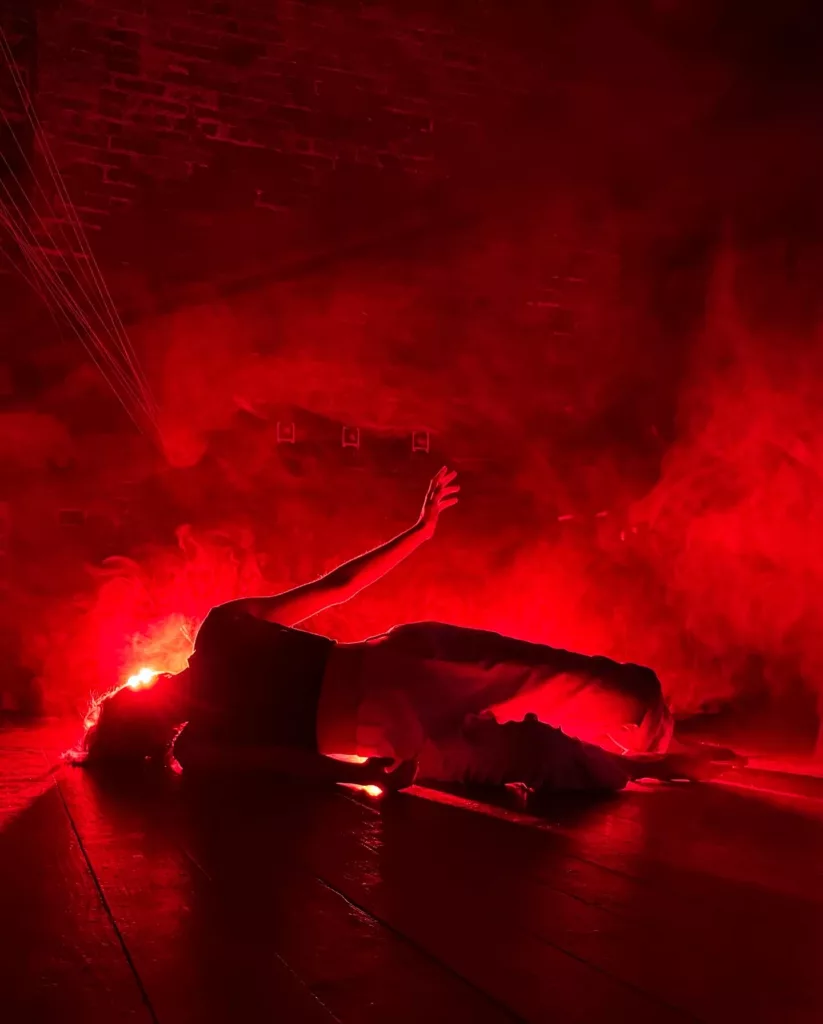
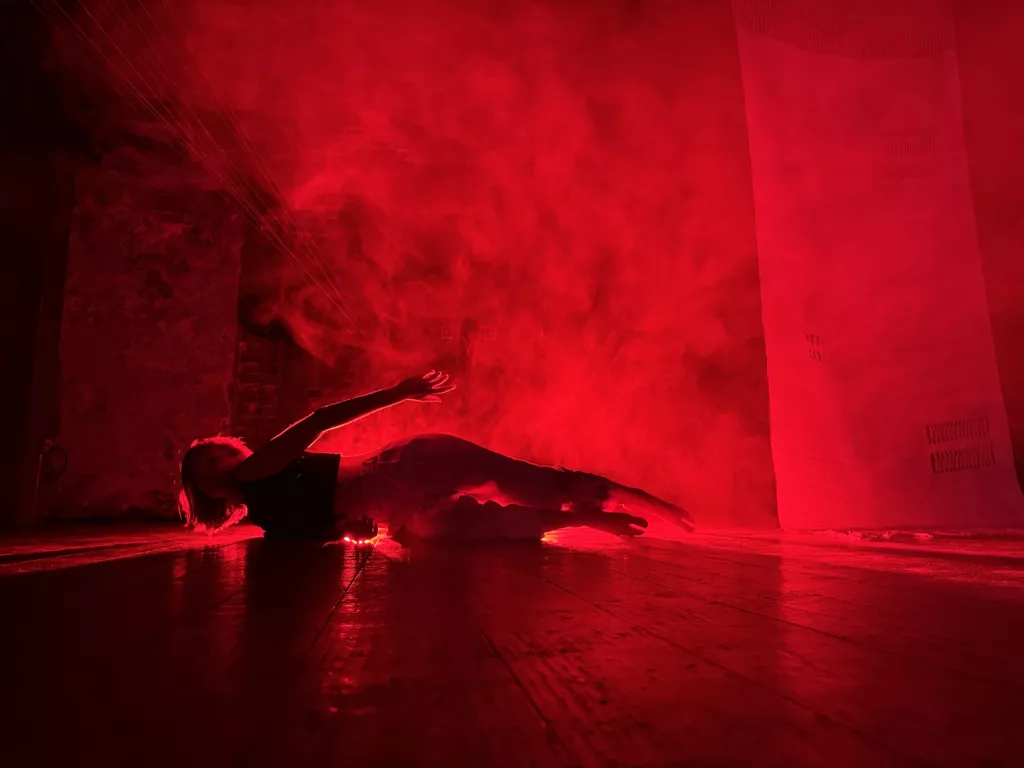
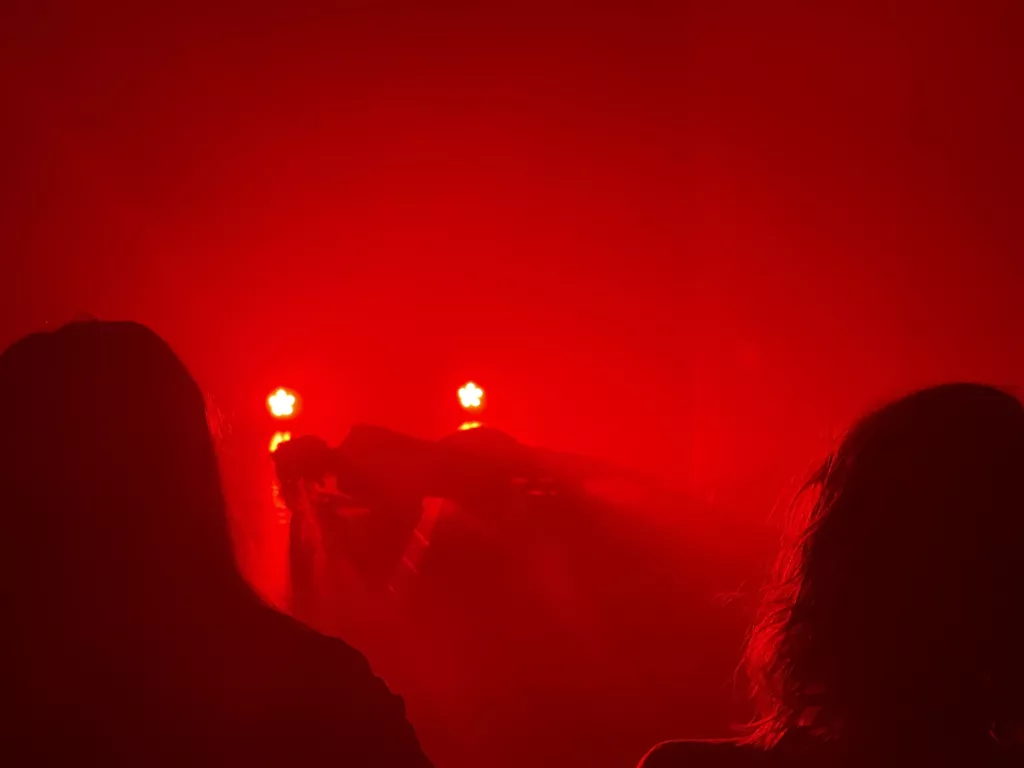
How has working on dementia-related art changed you?
This experience has led me to a period of intense self-reflection. Contemplating the reality of having a parent in a memory care unit at such a young age has sparked existential questions about what is important and what is not in my life. In my artistic journey, this introspection translates into a profound exploration of mortality, loss, and human emotions around death and grief. The themes of impermanence and the depth of human connection have become central ideas in my work. The exploration of death and grief has become—not just a subject—but a kind of artistic calling. In past choreographies, I’ve used yarn as scenography to tell stories, and now, under this context, weaving and storytelling becomes really heightened.
How has the work been received?
The piece just premiered, Oct. 15 and 16 in Philadelphia. I was overwhelmed by how many people felt connected and seen within the work. Audience members were openly processing their own grief about loved ones and it was incredibly inspiring to feel that collectivity around loss. We are all carrying some form of grief in our bodies and this work, to my surprise even, really sparked a way for people to sit with it.
This work is dedicated to: My father, Jim Vickers, my youngest son, Bowie Quesada-Vickers, and my two grandmothers who also suffered from dementia, Dorothy Vickers and Anna Spears.
Find more information from Katie Vickers on her website and on Instagram.

